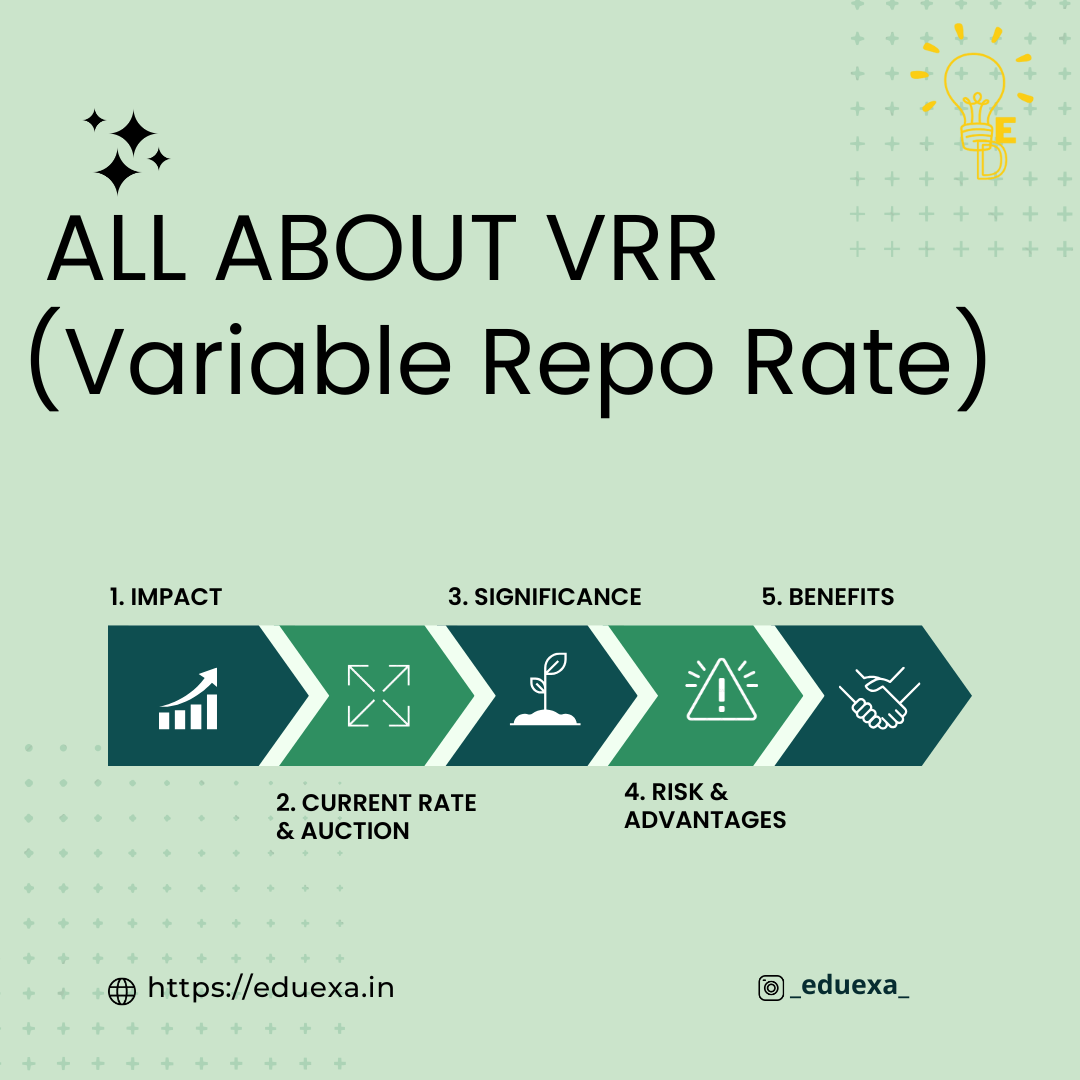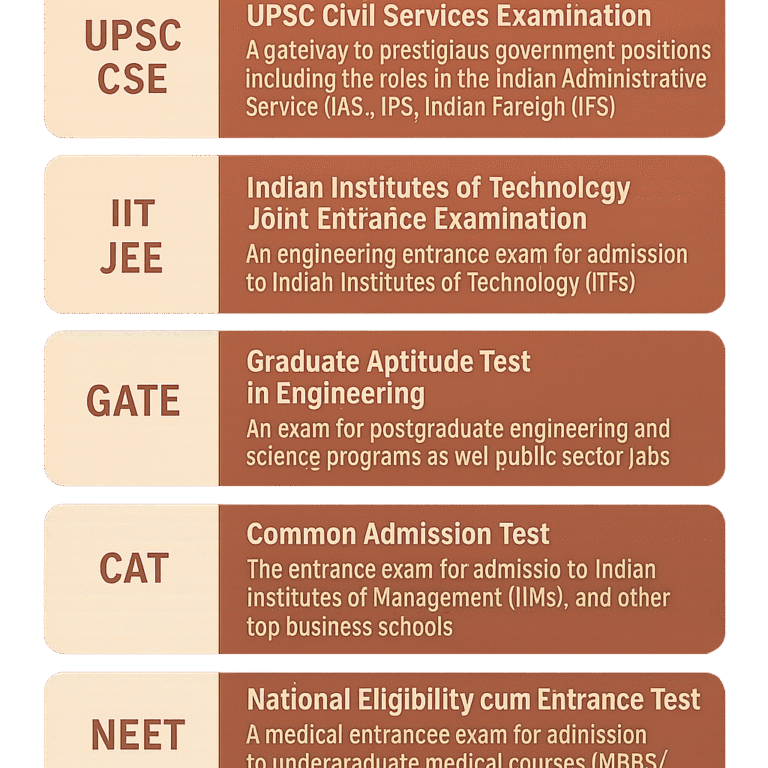Interest rates in the complex world of finance are not just numbers; they are a tool to influence borrowing, lending, and overall economic activity. Among the monetary policy instruments, the variable repo rate is a dynamic mechanism that adjusts to market conditions. Whether you are a financial professional or simply interested in economic policies, it will be clear to you how the variable repo rate helps the central banks in managing liquidity and stability in the economy.
What is the repo rate?
You must be wondering what the repo rate is? Repo Rate is simple terms the rate at which the Banks borrows money from RBI for one day, also termed as overnight borrowing. This is also referred to Re-purchase agreements wherein, Banks Sells Government Securities to RBI for lets say (Rs.200) and purchases same securities from RBI at the rate of (Rs.200+X) in next day being X, is computed at rate of interest which is equal to Repo Rate as declared by RBI.
The repo rate increases the liquidity or the availability of money in the economy as more money is flown from RBI to Banks and in turn to the economy. Increase in liquidity will help the economy to grow, though it will increase inflation in the economy. That’s why when the RBI wants to assist growth, Repo Rates are decreased by the RBI.
What is the variable repo rate?
A variable repo rate is set by the Reserve Bank of India at which it lends money to commercial banks, which may alter with changing economic conditions. The interest rate charged on loans such as home loans, personal loans, and so forth is affected by this particular rate set by the Reserve Bank of India.
The word “variable” simply signifies that the rate is not fixed. It adjusts over time, usually in response to the shift in the economy, inflation, or monetary policies. As the RBI hikes up its repo rate, it raises the price of loans. And, when it lowers its repo rate, borrowing becomes cheap
Variable repo rate (VRR) Auction
Context: Recently, the Reserve Bank of India conducted a two-day variable rate reverse repo (VRRR) auction as the liquidity surplus in the banking system approached Rs 1 trillion.
Also called Term Repo Rates, It is a liquidity injection tool of the RBI for liquidity management in the economy
- Current situation: The RBI has been conducting VRRs or Variable repo rate to inject liquidity on a temporary basis into the banking system since December 2023.
- In mid-January, the tenor of the VRR was increased to 14 days to match the CRR cycle for steady State injection. Further to this, it has been conducting short-dated VRRs (1-7 day) periodically to ‘fine tune’ market liquidity.
- VRR Auctions: They are conducted by the RBI, when the weighted average call money rate trends above the repo rate in the interbank money market, serving as a signal to the RBI of System Liquidity Deficit.
- Tenure: It is a short term liquidity injection against collaterals with a tenor of Overnight to 13 days usually.
- But, for injection of durable liquidity, the RBI conducts VRR auctions for a tenor beyond 14 days very rarely.
- Rate of Interest: It generally is borrowed at a rate decided by market generally lower than Repo Rate (though not less than Reverse Repo Rate).
How does variable repo rate work?
Understanding the technicalities of the repo rate and the process involved in the transaction will help to understand the process better:
- Initiating the Borrowing Process: Whenever a commercial bank requires raising funds, it approaches the central bank and communicates that it needs funds and it offers government securities as the collateral.
- Role of central bank: The central bank is the institution that evaluates the request, accepts the collateral, and advances the money at the repo rate applicable at that time.
- Interest Calculation: The interest rate, which is repo rate, is applied to the amount borrowed, and this interest is essentially the cost of borrowing for the commercial bank.
- Repurchase of Securities: After completion of the agreed period, the borrowing bank repurchases securities from the central bank with a price that also covers the amount borrowed as well as interest.
What are the Impacts on borrowers?
For the borrower, a variable repo rate makes a lot of difference, since this affects the interest payable on a loan. It means the interest rates paid on the loans that borrow against repo rates will shift whenever there is a movement in repo rates. As such:
- Cost uncertainty: Loan payables may fluctuate according to the shift of repo rates, and financial plans are left uncertain.
- Market Sensitivity: Borrowers benefit when the repo rate is falling, as the cost of their loan decreases, but they end up paying more when rates rise.
- Increased Borrowing: Variable rates can boost borrowing during periods of economic stability or lower repo rates, hence boosting growth.
Difference between fixed and variable repo rate?
Let’s have a discussion on repo rate vs fixed rate on different aspects:
| Aspect | Fixed repo rate | Variable repo rate |
| Rate of interest | Remains same all over the agreement | Changes based on the condition of the agreement |
| Predictability of interest rate | Highly predictable | Less predictable |
| Risk factor | Lower risk because of fixed rate and no market affects | High risk as the market changes affects the rate |
| Market alignment | Not able to reflect real time financial market conditions | Do affected by real time financial market conditions |
| Suitability | Applicable in stable economic conditions with minimal volatility in interest rates. | Suitable for volatile markets in which rate changes are expected. |
| Borrower effect | Borrowers get stability in the schedule of repayments. | Borrowers would experience fluctuations in the amounts of repayment depending on the rate. |
| Central Bank Flexibility | Less flexibility to the central banks in response to direct liquidity needs. | This offers a weapon to the central banks for dynamic management of liquidity |
When does the RBI change the repo rate?
There are various conditions where RBI can change the repo rate. Such as:
- To control inflation: When it is high, the RBI increases its repo rate to discourage borrowers and curtail spending activities.
- To boost up growth: During periods of less economic growth, the RBI lowers its repo rate with the motive of encouraging a borrowing spree and spending cycle.
- Global economic condition: Before changing the structure, RBI also considers those global factors such as higher oil prices, foreign trades, and global interest rate.
Benefits of variable repo rate
Benefits of repo rate for the financial institutions and the overall economy
- Market Alignment: Mirrors market conditions, making for an efficient liquidity management
- Risk Mitigation: Eliminates the danger of being locked in poor rates in case of unfavorable market changes
- Improved Transparency: Helps to improve borrowing cost alignment with the direction of market trends
- Economic Stability: Allows central banks to be prompt in dealing with the threat of inflationary or liquidity shocks.
Impact of variable repo rate in India
Variable repo rates in India help the central bank control the liquidity environment and sustain an economic setup. Allowing the repository rate to move with markets, the RBI ensures all financial institutions remain well in sync with the changes in a market.
The repo rate in India acts as a benchmark for several lending and deposit rates. A variable rate would help respond more effectively to global and domestic changes in the economy, hence making a strong and adaptive financial system.
Repo rate advantage for financial Institutions
Financial institutions are highly benefited with the variable repo rate system.
- Cost Efficiency: Facilitates banks to gain funds at competitive rates.
- Liquidity Management: It allows flexibility in the management of short-term liquidity needs.
- Market Responsiveness: Institutions are motivated to make a strategy change according to changing financial conditions.
Variable repo rate disadvantage
Whereas this variable repo rate has lots of benefits, it also bears a few disadvantages:
- Inconsistency for the borrowers: The changing interest may create uncertain loan repayment values that can make planning complicated.
- Higher risk exposure: For both lenders and borrowers there is extreme market fluctuations, borrowers and lenders stand to lose more.
- Complexity in Budgeting: Greater difficulty in budgeting by the businesses and individuals where variability may make budgeting accurate over the loan tenor challenging.
- Potential for Rate Hikes: High repo rates can quickly increase borrowing costs, placing a strain on the borrower’s pocket.
Significance of repo rate
The repo rate is of great importance in the economic framework. Central banks use this tool for a variety of macroeconomic objectives as follows:
- Inflation Control: One of the main purposes of the repo rate is to control inflation. If inflation is high, the central bank may raise the repo rate. It increases the cost of borrowing and reduces the money supply in the economy, which cools down inflation.
- Economic Stimulation: In a time of low economic growth, the central bank could reduce the repo rate. This reduces the cost of borrowing and incites businesses and consumers to borrow loans, which will boost economic activity.
- Liquidity Management: The repo rate is also useful for managing liquidity in the banking system. Through adjustment of the said rate, the central bank controls the amount the bank can borrow to remain stable and robust in finance.
Conclusion
The variable repo rate has proven to be a key instrument in modern monetary policy, thereby ensuring flexibility and market conditions in operation. It allows for continuous changes in the system so that financial institutions, policymakers, and borrowers adapt according to changing economic patterns. Therefore, by knowing what the repo rate means and how it works and affects things, stakeholders make well-informed decisions towards attaining financial stability and growth.
The RBI variable repo rate is of critical importance for the formulation of India’s monetary policy framework. In an economy with a monetary policy maker who is key in the management of liquidity as well as economic stability, it continues to strengthen its robust and adaptive nature by the financial system. Whichever be the stand-alone borrower or policymaker in the arena, a glimpse into this mechanism regarding variable repo rates will guide effectively in handling today’s evolving economic scenarios.
FAQs
Q.1 What is the full form of repo?
Repo stands for repurchase agreement or repurchasing option.
Q.2 What is the current repo rate?
Today, the repo rate is at 6.50% according to the recent update of 8th February 2024, where RBI decided to keep the rate unchanged. The last time the repo rate was changed from 6.25% to 6.50% on 8th February 2023. Now, the reverse repo rate is at 3.35%.
Q.3 How to calculate repo rate?
Repo Rate = (Repurchase Price – Original Selling Price ÷ Original Selling Price) x (360 ÷ n)
- Repurchase cost = Original selling price + interest
- Original selling cost = Sales cost of security
- n= Number of days to maturity
Q.4 What is the purpose of VRR Auction?
An essential objective of a Variable Repo Rate (VRR) auction conducted by the RBI is to manage liquidity within the banking system. Therefore, it injects short-term liquidity into the system whenever there is a deficit, and absorbs excess liquidity from the system when there is a surplus. The central bank conducts VRR auctions to maintain financial stability so that money market interest rates evolve systematically. This aids in managing overall liquidity conditions in the economy and helps the smooth running of the banking system.
Q.5 What is the time period of VRR?
The minimum time period of 3 years or as decided by RBI for each allotment by auction



